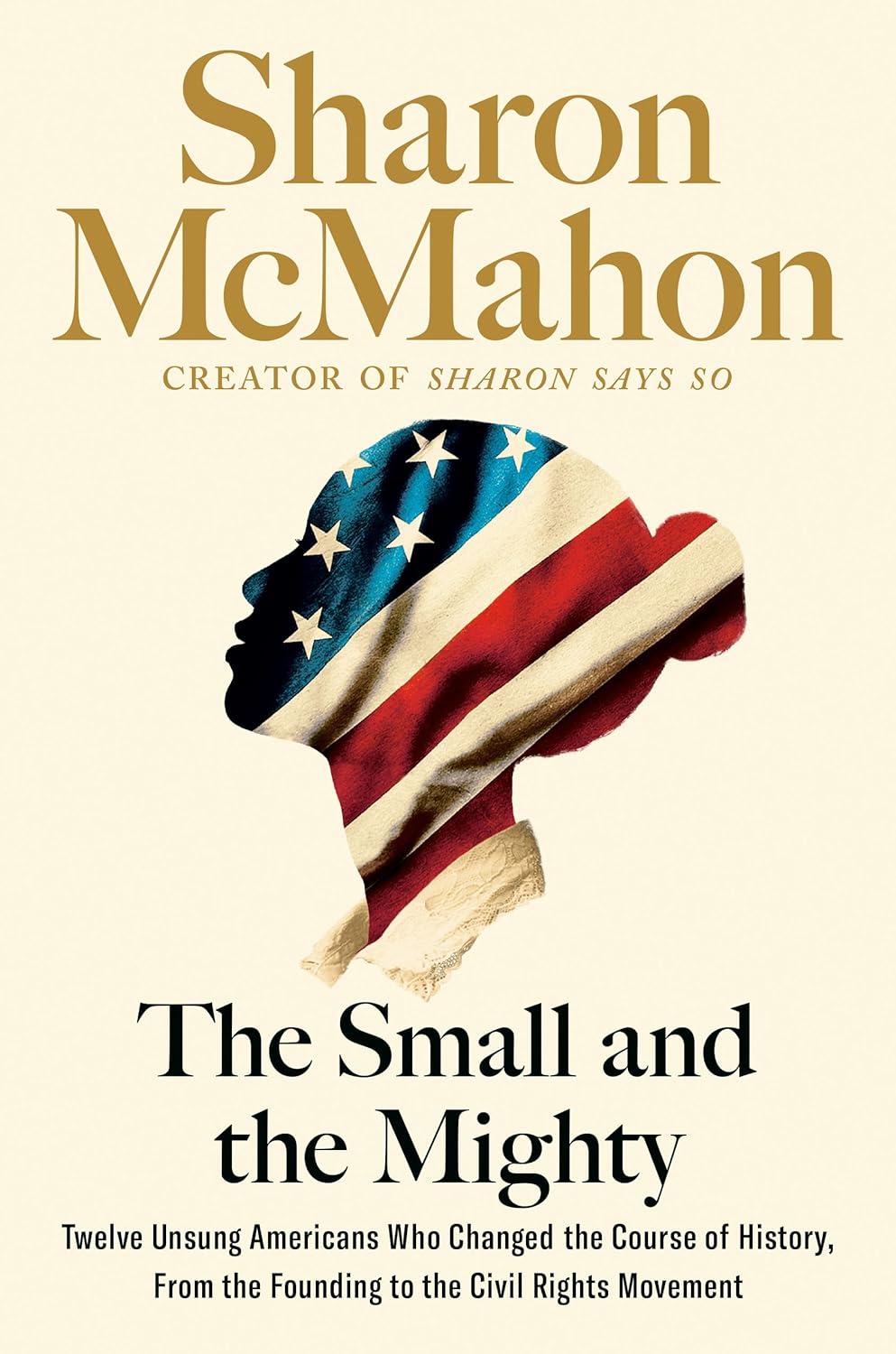Chapter 8: Katharine Lee Bates _Chicago, 1890s
byChapter 8 takes place during the 1890s, a decade marked by a severe economic crisis known as the Great Depression. This period of societal unrest led to a rise in nativist sentiments, and anti-immigrant attitudes surged, especially toward Asian immigrants. As the country struggled economically and politically, corruption in Washington reached a peak. In response, Grover Cleveland was reelected as president, vowing to eliminate corruption and restore integrity to the government. However, the political climate remained tense, and issues of immigration and economic disparity dominated public discourse. In the midst of this chaos, the nation looked for opportunities to display its power and progress on the global stage, setting the stage for the World’s Columbian Exposition in Chicago.
The World’s Columbian Exposition, held in 1893, was organized to celebrate the 400th anniversary of Christopher Columbus’s arrival in the Americas. The fair was an extravagant affair, meant to show the world that America was emerging as a world power. The event featured elaborate displays, including a Liberty Bell made of oranges and a salt sculpture of the Statue of Liberty. It was more than just an exhibition; it was a demonstration of America’s growing prominence in international affairs. The exposition also introduced the Pledge of Allegiance, written by Francis Bellamy, which sought to instill a sense of patriotism and loyalty in immigrants during a time of growing xenophobia. Cleveland’s remarks at the opening ceremony highlighted the nation’s aspiration to be recognized for its commitment to freedom and dignity, emphasizing the values that the exposition hoped to embody.
In the midst of this grand display of national pride, Bertha Palmer led the “Board of Lady Managers” at the exposition. She was an advocate for creating a space that highlighted women’s accomplishments, rather than just presenting women as passive figures. The Women’s Building became a key feature of the fair, with exhibitions showcasing the contributions women made to society and the challenges they faced. This effort was part of a broader push for women’s rights and gender equality, as many activists sought to expand women’s roles in public and political life. As the exposition continued, it became clear that the event was not just about showing off technological achievements but also about addressing social issues, including the growing calls for women’s suffrage.
As the fair continued, Katie and Katharine, two women traveling together, ventured through Colorado, where Katie experienced a moment of divine inspiration. This led her to write a poem that captured her deep feelings about the beauty and promise of America. A year later, she submitted the poem to The Congregationalist, where it was published on July 4, 1895, earning her praise and a small payment of five dollars. The poem quickly gained popularity, and its powerful words resonated with many people. Soon, requests came in for a musical adaptation of the poem, leading to the collaboration with Clarence Barbour, who found the perfect melody for the lyrics.
The melody, “Materna,” composed by Samuel Ward, was originally a hymn, and when paired with Katie’s verses, it became a beloved anthem of American ideals. The song, which came to be known as “America the Beautiful,” captured the essence of the nation’s aspirations for freedom, beauty, and unity. Its soaring lyrics and melody created a powerful symbol of patriotism, and the song’s popularity grew rapidly, making it a staple in American culture. Over time, “America the Beautiful” became synonymous with the American spirit, particularly during times of national pride and reflection. Through her literary work, Katharine Lee Bates helped shape an enduring symbol of the American dream, one that continues to inspire future generations and reflects the beauty and promise of the nation.
Katharine Lee Bates, through her poem and her role in capturing the nation’s ideals, left an indelible mark on American culture. In a time of political unrest and economic turmoil, her words offered a sense of hope and pride for the future. “America the Beautiful” remains a timeless anthem, resonating deeply with the ideals of freedom, unity, and the collective strength of the American people. Bates’s contributions were not just artistic but also reflective of the broader social changes taking place during her time, particularly regarding women’s rights and the evolving national identity. Through her work, Bates encapsulated the essence of American aspiration and continues to inspire generations of Americans to strive for a more beautiful and inclusive nation.

